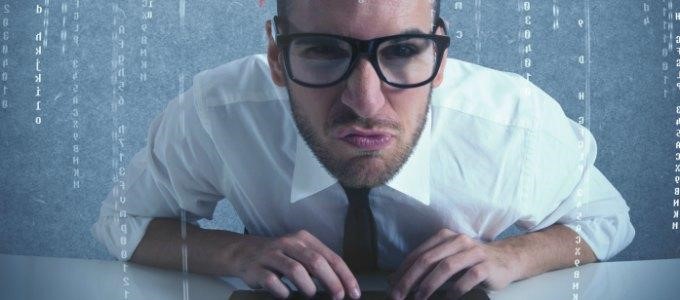Computers may be getting ever more sophisticated but there are still many areas where the human brain reigns supreme. TV detective dramas regularly show the use of highly advance facial recognition software to track down the bad guy but in reality, the technology lags a long way behind what we see on screen. It is often used as way in which to catch criminals such as those involved in burglaries that have perhaps been caught on CCTV. Whilst the Locksmith Sheffield company such as https://www.hallamlocksmiths.co.uk/ that you have contact comes in to replace your window and door locks, the police can be tracking down the culprit. This technology is continually updated and become more and more sophisticated as each year passes by.

In the years before fingerprints identification was introduced, police used officers with photographic memories to identify those who had been previously arrested. Now known as ‘super recognisers’ the police are once again turning to those with an enhanced ability to remember faces to help in the fight against crime. While most of the population are capable of recognising around 20 percent of faces they have seen before, super recognisers can identify around 80 per cent.
Smartphones
Facial recognition software does exist and is being used in a number of current applications, but it has many limitations. Mastercard recently announced trials of a smartphone app that uses facial recognition in order to verify online purchases. To prevent scammers from beating the system by simply using a photograph, the app requires users to blink during the verification process. However, hackers have found that animating pictures to make them appear to blink can circumvent this.
Both Google and Facebook have recently employed facial recognition software to scan through photographs on smartphones and automatically tag individuals. The results are impressive with the Facebook app able to recognise faces even when they are covered up and the Google app working on photos that are decades old.
Effective
However, just as humans trump computers when it comes to spotting faces, so humans remain by far the most effective way of ensuring that computer software works in the way it is supposed to.
If facial recognition software for social media makes an error – which happens quite often – the results are likely to be more embarrassing than anything else, but other bugs can cause great distress or even be dangerous. The most sophisticated debugging tool remains the human brain.

